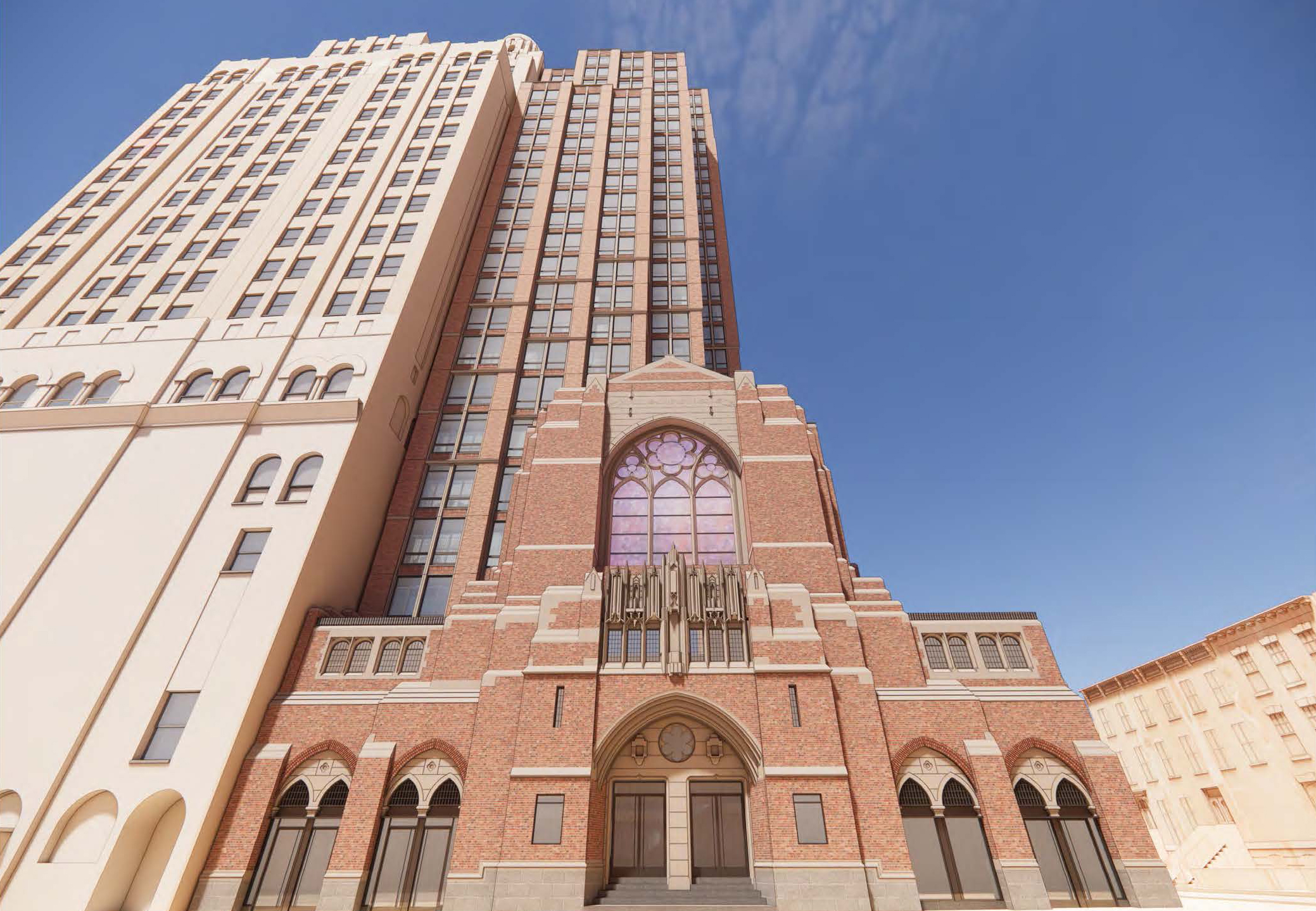A Lawsuit Dooms a Condo Sale
The Times has a story about how a woman trying to sell her condo at 53 Boerum Place had a deal with a would-be buyer for $100,000 less than what she paid for it in 2007 but it fell through after residents filed a lawsuit against the building’s developer in late February. Residents of the…


The Times has a story about how a woman trying to sell her condo at 53 Boerum Place had a deal with a would-be buyer for $100,000 less than what she paid for it in 2007 but it fell through after residents filed a lawsuit against the building’s developer in late February. Residents of the building, which is six years old and developed by On Prospect Park’s Mario Procida, hired two engineering firms to study the building. One firm “reported that the building needed roughly $500,000 in work, including finishing incomplete brickwork,” while the second “reported even more deficiencies, including leaks in the parapet wall and missing wall ties and joint reinforcements that drove the cost past $4 million.” While the developer says he stands by his product, the woman trying to sell her unit was not able to close on the deal even though she says she’s had no problems with her condo; her broker says the suit is “killing all the owners as far as selling.”
How a Building Dispute Can Sink a Sale [NY Times] GMAP





One more point worth making (as a person who has bought into new condo construction): while hiring a home inspector type is not a bad idea, it is of limited use in assessing potential risk in large developments. For an engineer to truly assess the condition of a new multi-family building is beyond the means of one unit owner. For example, during its first year of operation my condo brought in a well-regarded engineering firm to assess our building. That study cost about $10,000.
Given this limitation, I would advise that your best protection is due diligence on the development principals involved: their track record with past developments and their staying power.
I am with fsrg. Too many people think everything should be perfect for them, and, even with the best of intentions, they are not. That building sold out at the beginning of the boom; it was going to be rental until the developer saw the demand for condos boom.
Whether the repairs are required due to subpar construction or more normal problems coming to light after almost ten years, at least the construction is pretty traditional. An engineer told me that he cannot imagine what the costs will be when some of the newer buildings with panels — rather than brick — and glass walls need attention.
As to total cost of ownership, coops/condos have to comply with local laws like LL10/11 and now 84 that SFM do not.
benson, would be interesting but I think that would be near impossible. I doubt many keep records more than 10 or 20 years. On my wreck, built in 1875, we’ve got nothing prior to 1990.
I would LOVE for someone to due a serious study on the total cost of ownership of various building types, controlled for age.
FSRG rides in to save the day!! Extremely well said.
Actually virtually ALL new construction will have problems in the first 10 years (and that included the 1st 10years that Brownstones were new)….and you can get an expert witness (in this case an engineer) to say whatever you want in litigation (in this case a 2nd engineering firm saying the building needs 4.7M worth of work – 10x the 1st engineering firm )
Now lets put it in context – this is a 100 unit building I believe – if you use the 1st estimate – it works out to be 5,000 a unit – hardly earth shattering – especially when you consider that the developer will likely kick in some $. This is a non-story being blown up by the NYTimes and the owners as leverage for a lawsuit. A building is built , it has some issues (they all do – new, old, middle age whatever) and since it is new the owners are (probably rightly to some extent) seeking indemnification from the builder. [which is the TRUE advantage of new construction]
All construction is essentially custom and hand built, and is prone to defects and issues, especially in the 1st few years. Anyone who buys new construction thinking it will be ‘perfect’ is just naive. That being said, please find me ANY pre-war building or brownstone that doesnt need some reasonably large engineering type work every 5-10 years. Frankly find me ANY building with a flat roof that doesnt need work every 5-10 years.
so to conclude – ALL buildings need work
Perhaps benson. But if everything was done properly they wouldn’t be pursing that route now, would they???
Q.E.D.
as dave said, CAVEAT EMPTOR building in question was not built to spec roof/parapet issue huge, 3mm repair estimate i hear developer keep promising to fix, never did, so they had to file
“THEY LOST BIG TIME.”
DIBS;
They may have lost big-time because cooler heads AMONG THE OWNERS may not have prevailed. LilBitofLuck makes an extremely salient point above, and I have seen this type of things first-hand.
It could very much be the case that the first firm came up with a reasonable estimate of $500K in repairs and the developer was AT THE TABLE stating he was willing to make good. What may have ahppened here is that some group of hotheads wanted more than that, they wanted to exact some type of revenge, and got a second firm to come up with more claims so that they could go through the litigation/confrontational mode.